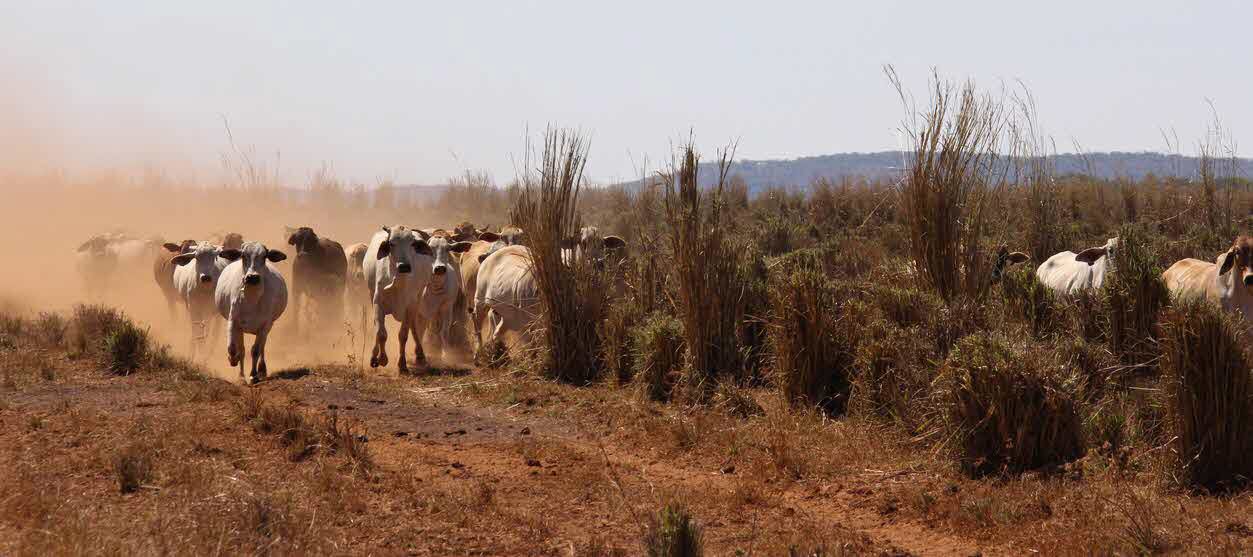
With south-east Australia in the grip of one of the worst droughts to ever hit the country, we caught up with Dr Scott Parry of NorthWest Vets to see how veterinarians, producers, and the government are dealing with the extreme conditions.
How do you help your clients when it comes to managing the drought?
A big focus for our business is helping clients with decision-making. Producers often struggle to make decisions in these conditions as they’re often too emotionally invested to make objective decisions around their livestock. We really encourage our clients to think ahead, make the decisions now that will help them 6 to 12 months down the line.
Some of these things might not be obvious to a producer who’s looking at his stock every day. We try to help them make decisions around which animals to keep and which to market.
Pregnancy testing has been a big focus for us over the last 18 months as the season has continued to deteriorate. It allows producers to make good decisions and maintain optimal herd structure to handle the drought. Clients need to be calving the right animals at the right time while still retaining a steady cash flow.
And while we are there doing pregnancy testing, we can also help producers identify other structural faults in animals that make them higher risk, less desirable animals that are better off out of the herd.
We do a significant amount of nutritional advisory work, both through our business and in conjunction with the Local Lands Services (LLS) veterinarians. In this capacity, we provide advice relating to drought feeding and supplementation.
Recently we have been dealing with a lot of enquiries around 'funny feeds' - unusual feed sources producers wouldn’t normally have to use. Things as diverse as oranges, almond hulls, sweet potatoes, and grape marc have come into play as routine feed commodities become unavailable or unaffordable.
Farmers are pretty good at feeding normal feeds, but with these ‘funny feeds’ they sometimes need help. We don’t do a lot of individual sick animal work during drought, but it’s still important in the context of the whole herd. Sometimes that one sick animal can be the ‘canary in the cage’– an indicator of wider problems such as infectious diseases, nutritional issues, and toxicities that may be emerging. We need to recognise the issue in a single animal before we can recognise it at a herd level.
With regard to animal welfare, do you see the 20:80 rule – where 20% of producers have 80% of the problems – and how do you manage that?
Look, when we talk about drought-related animal welfare cases, it’s important to acknowledge the LLS veterinarians.
And before we go any further, can I just encourage private practitioners to develop good relationships with their local LLS veterinarians and staff. They are a fantastic resource. Just drop in and have a cuppa with them sometime and make yourself known.
For those who don't know, the LLS is basically a free service to NSW ratepayers and they field a lot of these tough welfare and animal health calls. Being an LLS vet during drought means that you don’t get to do the feelgood cases like vaccinating puppies and delivering cute calves. Every call you get as an LLS vet is from someone with a significant animal health problem; nutritional, disease and welfare issues.
The recent announcement by the NSW government of funding for euthanasia of livestock in extreme cases means these LLS veterinarians will most likely be the ones administering it; the mental stress that this will entail should not be underestimated. There is absolutely no joy in that job.
In our practice, we work closely with the LLS so we get to see things from their side of the fence and we have the utmost respect for the work this group does, especially during drought. But in our capacity as private veterinarians, we are fortunate in that we are doing mostly routine, management work for clients who have kept their livestock and themselves in relatively good shape.
They’ve taken the proactive steps to adjust their stocking rates, feed effectively and keep on top of disease control. Having said that, you still find yourself from time-to-time having to have that tough conversation with a client about how they are handling animal welfare in their production system.
Are the government and drought bodies doing enough to help?
Firstly, I’d like to say that by-and-large, I believe drought charity bodies are well-intentioned, and they do a lot of good for a lot of people. However, I do have some concerns that 'buy a bale of hay' style programs have the potential to distort feed commodity markets. For clients who are proactively managing the drought situation themselves and are committed to feeding their core breeder and feeder stock properly. These people are operating in the same feed commodity marketplace as the 'buy a bale' people. But the cost of that bale of hay is likely inflated by market forces that include these 'buy a bale' groups.
At the other end of the spectrum, there’s the risk that these schemes act as a bandaid measure and just prop up producers who are running poor operations and whose main drought preparation has been to 'hope for rain.' A few free bales of hay might keep them going for a bit longer, but it won’t alter the underlying problem of poor management and may well perpetuate ongoing animal welfare problems. I just ask that drought welfare bodies think very carefully about how they choose to spend their dollars and be conscious of the potential for their actions to have unintended consequences.
The government is in a tough spot; they’re reacting to a knee-jerk media and constituent outcry, for a problem that realistically requires long-term planning. What I’m trying to say is that government money could be better spent in the good times, preparing for the next dry spell.
Provide financial incentives for farmers to invest in fodder storage, delivery, conservation infrastructure and improving pastures. By and large, producers and other rural businesses don't want handouts, they want to be given aid that helps them help themselves.
But that’s a tough sell to get the politicians, public, and media interested in investing money in agriculture in times of plenty when it looks like we don’t actually need it. So, we end up in the current cycle where we wait until it’s a raging drought and respond with the traditional reactive drought relief measures. Inevitably this financial outlay will be far less cost and outcome effective than if it was invested pre-emptively in active drought mitigation.
How do you think veterinarians can respond and contribute to tough situations like this?
There are a couple of things that I think need to be considered here. Firstly, it’s important to see what you can do to help yourself. People are very quick to say, “Why doesn’t the AVA or government do something?” I just don’t think that helps. The AVA, the government, and other bodies can’t solve all of these problems. Sure, they can help, but it’s what veterinarians themselves do on the ground and at a local community level that’s more important.
One of the things that we as a practice are passionate about is being involved in the wider community. Success as a rural vet practice isn't just about what happens in the consult room or in the cattle yards. Being an active member of the local community says a lot about you as a practice and creates a lot of goodwill within the community.
Many of our staff are involved in the Coonamble Raindance at the moment – check it out on Facebook! It’s a whole community thing and all about people getting together during tough times and taking the chance to socialise and talk. The benefits for mental health are enormous. By getting involved, not only are you helping others but at a personal and business level you get it back in spades.
So, is there an answer to stop this cycle of reaction, panic and then inaction during the good weather periods?
I don’t have the answer to that question. But I do believe that if we are to avoid repeating past mistakes, the rural industries need to take control of the drought management conversation.
We have to approach it from a climate change, animal welfare, and environmental sustainability perspective. That way we are far more likely to engage politicians and urban dwellers.
Then there’s a chance that more proactive drought management programs will get a leg-up. And programs like that will have a much better chance of making a difference in the long-term.
As veterinarians, we need to keep engaging with these big issues as well. While we’re not the single most important part of the process, we are still a vital part of a large and complex supply chain that involves food and fibre production, the environment, politics, and economics.
For us to remain relevant, we need to keep advocating for practical change that is grounded in science.
As someone said to me recently; “If you’re not at the table, you're on the menu”. Veterinarians need to continue to speak up for change that will help us, our clients and our communities – and we can only do that with a seat at the table.
This article originally appeared in the October 2018 issue of the Australian Veterinary Journal.
